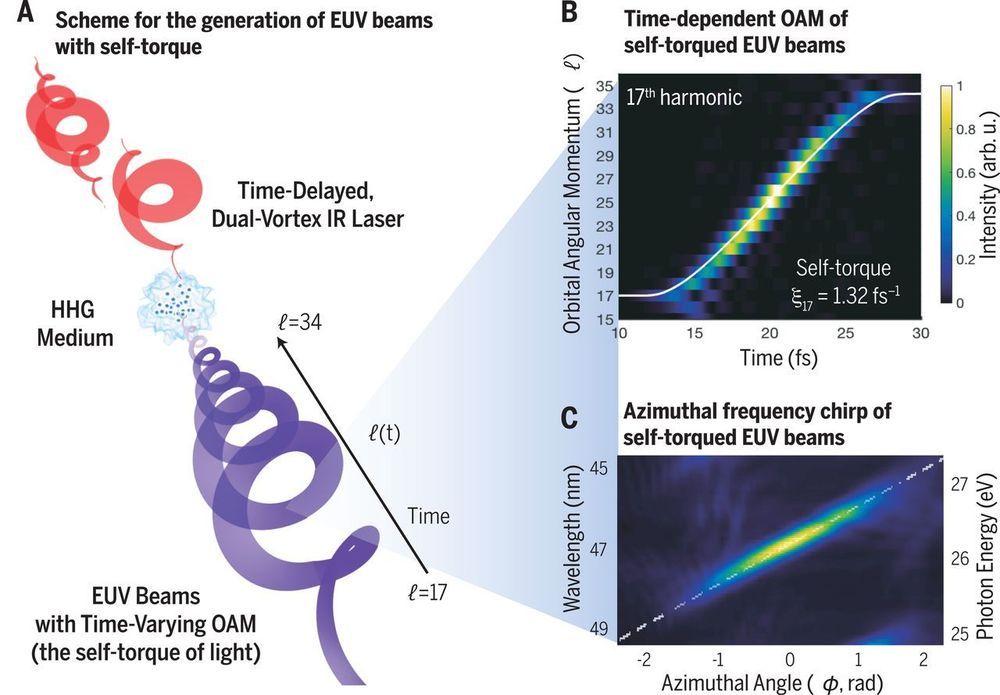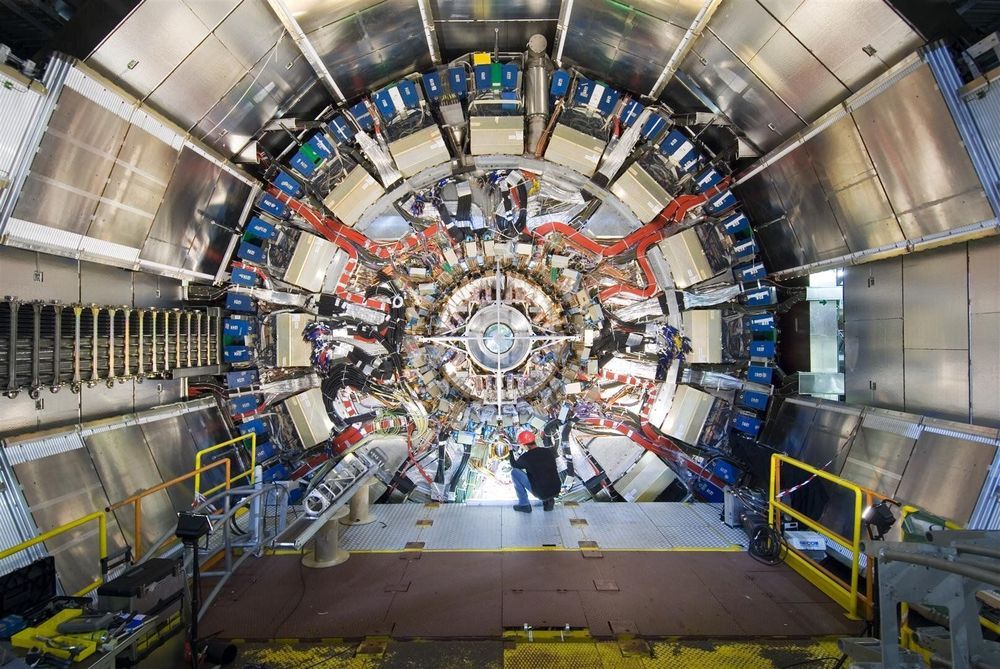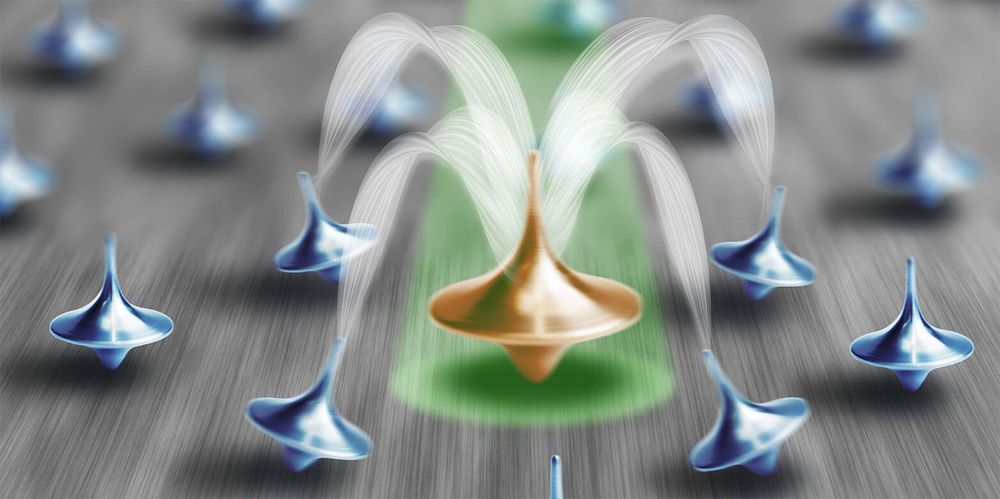It actually makes more sense that all the foundational physics laws do not exist but somehow they do. That is why I still believe there is some governing force that controls the parameters possibly. It makes more sense that our universe somehow was not created than it all somehow just magically sustained itself. That is why I think aliens created the universe as a containment possibly or that the laws of physics somehow are not completely know of how they all work together. Some talk about super symmetry but still seems some sorta things are still not know and we may never know until the theory of everything can be created.
Our best theories predict that all the matter in the universe should have been destroyed as soon as it existed. So how comes there’s something, not nothing?
By Daniel Cossins
Mystery: Why does anything exist at all?
THERE is plenty to recommend the standard model, our best description of particles and their interactions. But it has the odd awkward lapse. “It is a somewhat embarrassing fact that it fails to explain our existence,” says Werner Rodejohann at the Max Planck Institute for Nuclear Physics in Germany.









